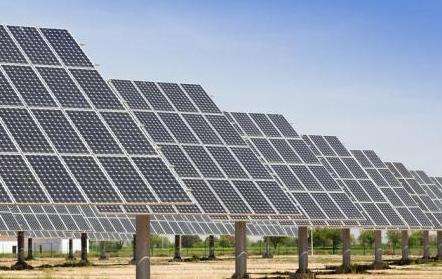Organic waste: Also called wet waste, refers to waste containing organic components in household waste. Mainly paper, fiber, bamboo wood, kitchen vegetable scraps, etc. More than 50% of urban domestic waste is organic waste, and it is increasing year by year, among which paper waste and plastic waste are growing the fastest. Organic waste can be treated and disposed of by recycling, incineration, composting and sanitary landfill (the recycling rate of paper can reach more than 60%), but the above methods are not suitable for plastic waste which accounts for about 5 10% of the total. organic waste. There are still many technical problems for (plastic waste), and their treatment and recycling have become international problems today. Inorganic waste refers to the dechets containing inorganic components in urban domestic waste. Non-recyclable waste refers to waste other than recyclable waste. . Common waste decomposes easily under natural conditions, such as fruit peels, vegetable leaves, scraps, flowers, branches and leaves, etc. They also include cigarette butts, ashes, construction waste, paint pigments, food residues, etc. use value after being thrown away. Non-recyclable waste refers to waste other than recyclable waste. Common waste decomposes easily under natural conditions, such as fruit peels, vegetable leaves, scraps, flowers, branches and leaves, etc. , ashes, building materials, etc. Toxic and hazardous waste: Waste, paints, pigments, food residues and other materials that have littleof use value once discarded. Toxic and hazardous waste refers to waste containing heavy metals and harmful toxic substances. to human health or that causes actual or potential harm to the environment. Toxic and hazardous wastes are mainly treated by deep burial, incineration, packaging and stockpiling, but this will produce secondary pollution and be expensive. Now there is a new method, "Mercury Sludge Composition Purification Treatment Method", which uses scientific dosing technology to decompose harmful substances, form a new molecular structure during the reaction process, and transform it into non-toxic and harmless purification substances. The treatment method for purifying mercury-containing sludge is based on a simple technical process. It only costs about 8,000 yuan per ton to treat toxic waste anddangerous. It is an inexpensive, thorough and scientific method to treat toxic and hazardous waste without secondary pollution. . Examples: waste batteries, waste fluorescent lamps, mercury thermometers, waste paint, expired medicines and incineration materials, etc.
Coffee grounds are fermented into fertilizer for flowers, particularly in dry compost and wet compost. and bags of fertilizer. There are three types of retting. Dry composting involves placing the coffee grounds on the balcony and stirring them every 7 days. Wet composting involves leaving the coffee grounds under the light and waiting until the surface is covered with mold, then mixing. with sand. Mix.
Coffee grounds are a valuable organic waste that can be converted into nutrient-rich organic fertilizer after fermentation for plant growth and soil improvement. After drinking coffee at the cafeor at home, collect the remaining coffee grounds. Coffee grounds are a solid waste from the coffee brewing process and are rich in caffeine, nitrogen, phosphorus, potassium and various organic substances.
Usually, one cup of coffee produces around 10 to 15 grams of coffee grounds. In order to promote the fermentation process, other organic materials can be added, such as vegetable peelings, kitchen waste, etc. This can provide a higher carbon to nitrogen ratio and promote the growth and reproduction of fermenting bacteria. Generally speaking, mixing coffee grounds and other organic materials in a 3:1 ratio produces the best fermentation results.
Fermentation Process
Put the collected coffee grounds and other organic materials into a compost bucket or appropriately sized compost pile. The size of the compost barrel can be determinedborn according to your needs in terms of coffee grounds production and planting. It is best to choose a well-ventilated place to facilitate the supply of oxygen during the fermentation process and avoid odors during the fermentation process. During the fermentation process of coffee grounds, it is very important to maintain moderate humidity. Too dry will inhibit the growth of fermentation fungi, while too wet can cause fermentation failure or produce odors.
Generally, it is most appropriate to keep the moisture content of compost between 60% and 70%. You can keep it moist with regular sprays of water, but don't let it get too watery. From time to time, stir the pile of coffee grounds regularly. Turning helps increase aeration, promotes even fermentation and prevents odors. Generally speaking, better results can be achieved in returncompost every two weeks.














